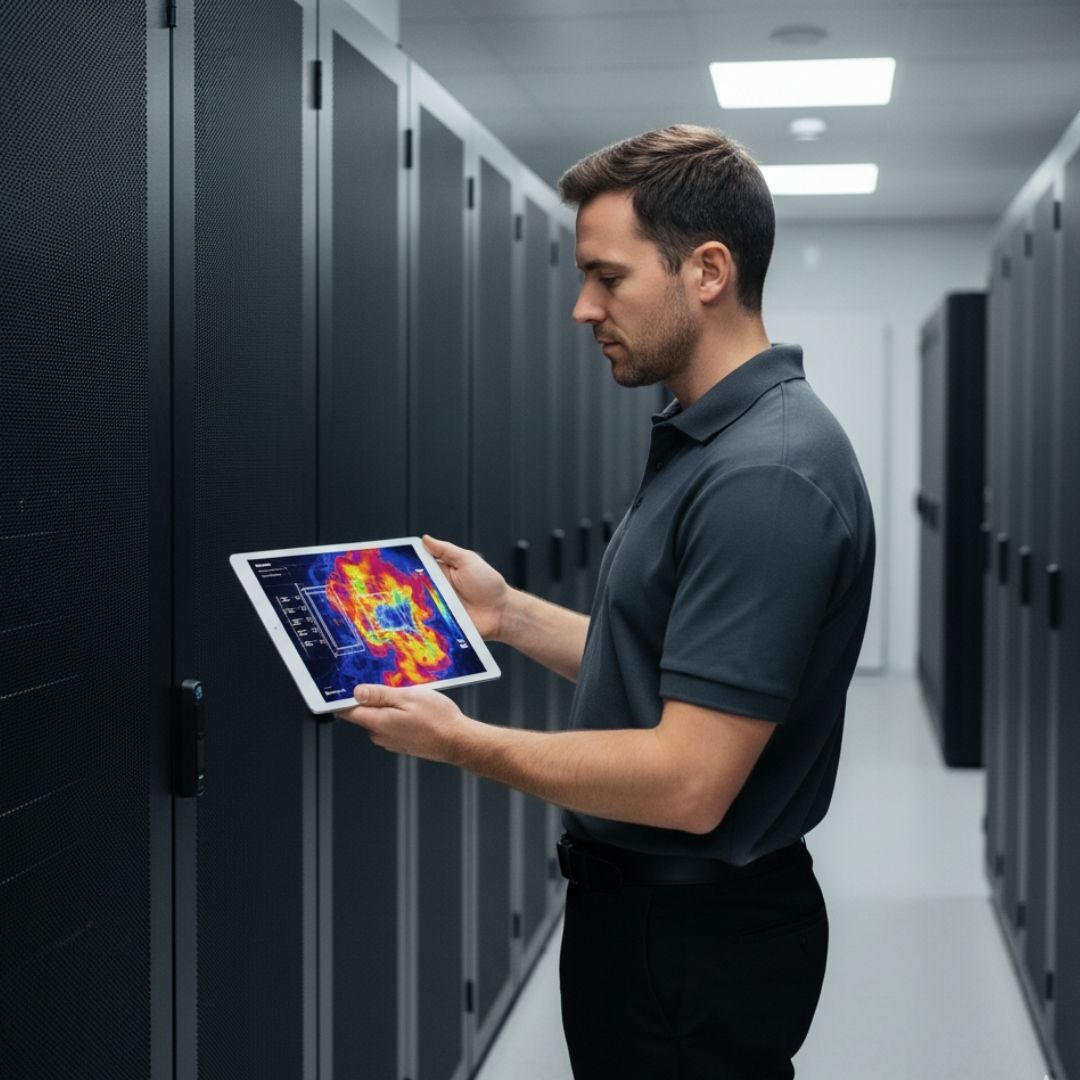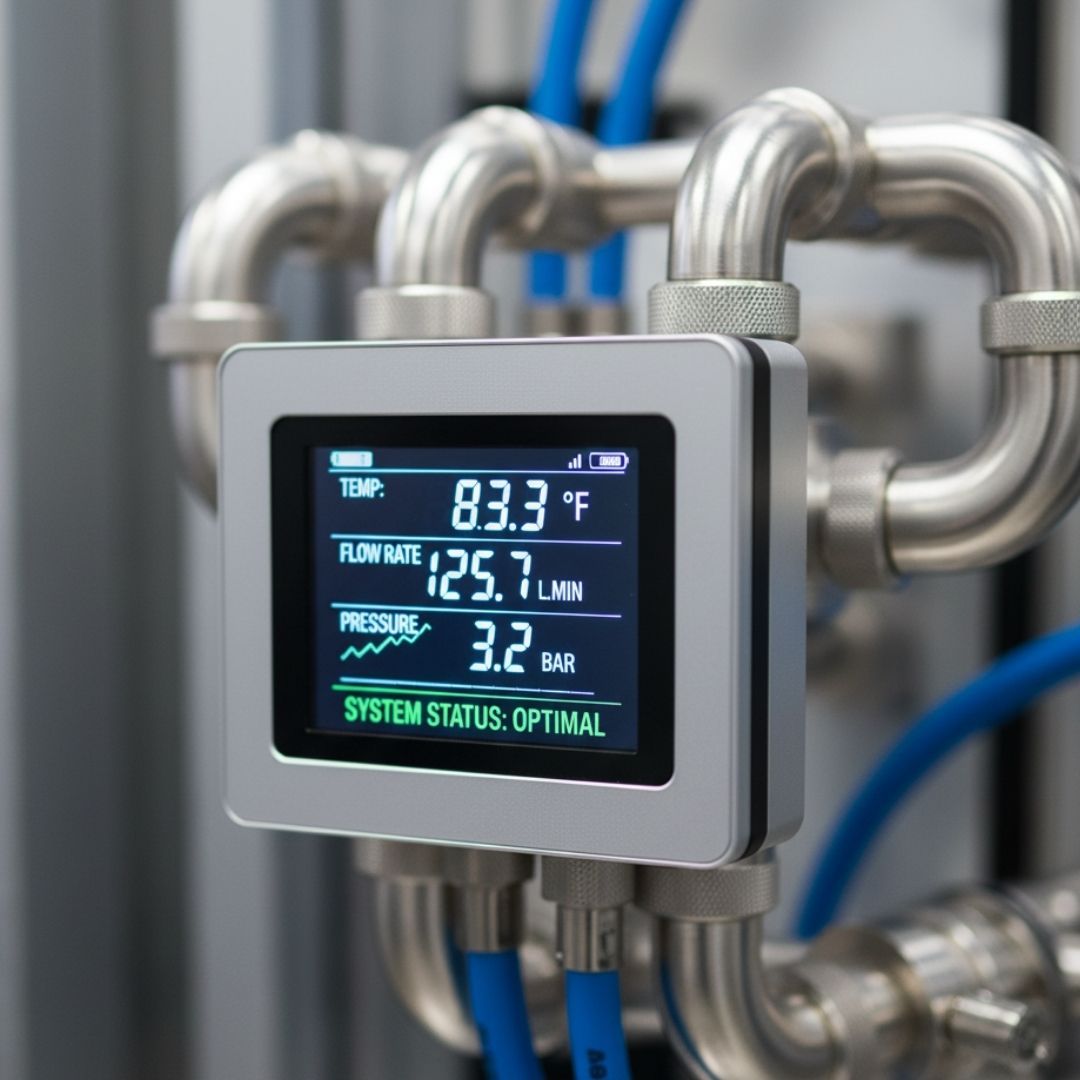The relentless demand for processing power is pushing traditional air cooling systems past their breaking point. As data centers evolve to house denser server racks and specialized AI hardware, thermal management becomes critical. Liquid cooling offers a scalable and energy-efficient solution to this growing challenge. At B4 Sales, we understand that implementation requires careful planning. Here is your practical guide to making the transition seamless and effective.
Liquid Cooling is Here to Stay: A Practical Guide to Implementation in Your IT Room

Assessing Your Current Thermal Load and Infrastructure
Before implementing any new server rack cooling solution, a thorough audit of your existing infrastructure is essential. This includes evaluating your current power usage effectiveness (PUE), identifying thermal hotspots, and understanding the density of your data center products. A clear assessment dictates whether you need direct-to-chip or immersion cooling and ensures B4 Sales can provide the right foundational equipment for your successful transition. Planning is paramount for future-proofing your IT environment.

Choosing Between Direct-to-Chip and Immersion Cooling
The two leading liquid cooling methodologies are direct-to-chip and immersion cooling, each with distinct benefits. Direct-to-chip targets heat at the source using specialized cold plates, maintaining compatibility with most existing air-cooled server racks. Immersion cooling, on the other hand, submerges components entirely in a dielectric fluid, offering maximum heat removal efficiency for ultra-high-density data center products. Your specific operational needs and long-term expansion plans should guide this crucial decision.

Preparing Your IT Room for Liquid Cooling Integration
Integration goes beyond just installing the cooling units; it involves preparing the entire IT environment. For direct-to-chip, this means installing distribution units (CDUs) and managing fluid plumbing overhead or underfloor. Immersion cooling requires specialized liquid baths that replace traditional server rack enclosures. Proper preparation ensures that the fluid loop is robust, leak-proof, and efficiently managed, protecting your valuable server rack cooling investment. This groundwork minimizes downtime and maximizes efficiency.

Focusing on Maintenance and Long-Term Operational Efficiency
Once installed, the long-term success of your liquid cooling solution depends on a proactive maintenance schedule. While liquid systems often require less maintenance than air systems, regular fluid quality checks, pump monitoring, and preventative maintenance on heat exchangers are necessary. This focus on operational efficiency not only ensures peak performance for your data center products but also provides significant energy savings and extends the lifespan of your critical hardware.
Embracing liquid cooling is no longer optional; it’s a necessary strategic move to handle high-density computing loads efficiently. By following these steps—from assessment to long-term maintenance—you can ensure a smooth and successful transition. B4 Sales provides the expertise, the quality server rack cooling equipment, and the installation support needed to modernize your data center. Contact our specialists today to begin designing your custom, future-proof thermal management system.
